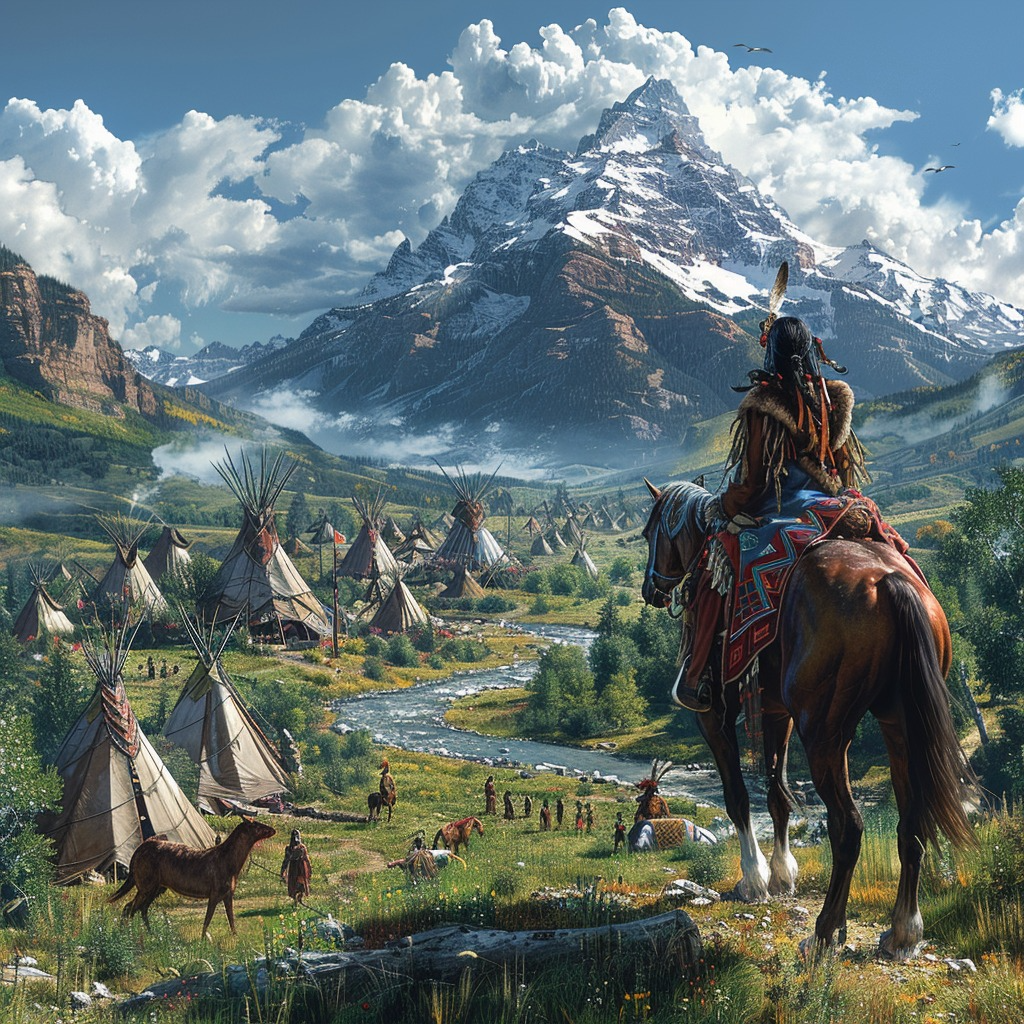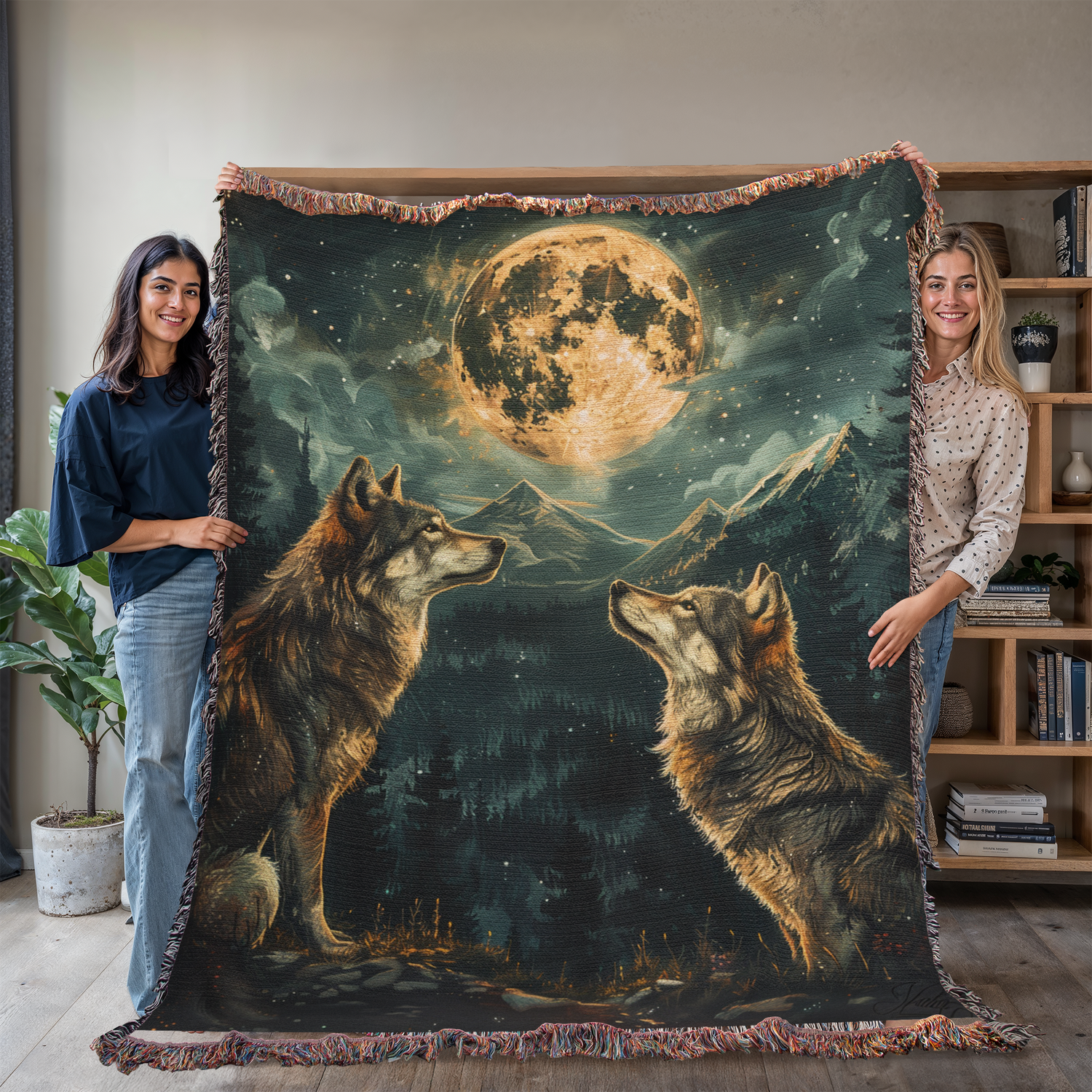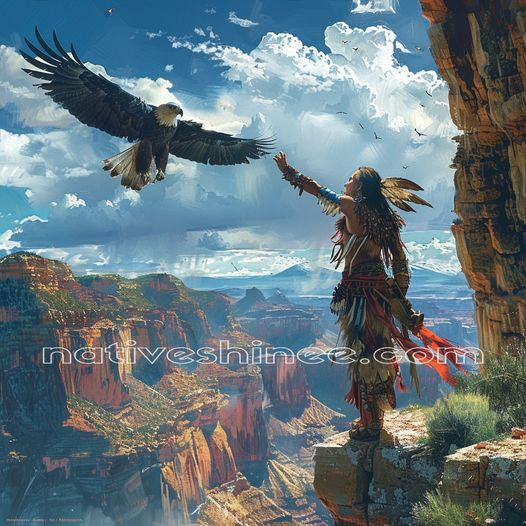The Lakota people, a vital part of the Great Sioux Nation, hold a rich cultural heritage deeply rooted in dance. Lakota dancers, adorned in full regalia, perform traditional dances that are visually stunning and culturally significant. This article delves into the vibrant tradition of Lakota dancers, the intricacies of their regalia, and the essential role these practices play in preserving Lakota heritage.

Introduction to Lakota Culture
1. Who are the Lakota?
The Lakota, also known as the Teton Sioux, are one of the three main subcultures of the Great Sioux Nation. Historically nomadic, the Lakota roamed the Great Plains, living off the land and buffalo herds. Despite facing numerous challenges, the Lakota have maintained a strong cultural identity, with dance being a central aspect of their traditions.

2. The Cultural Significance of Dance in Lakota Society
For the Lakota, dance is more than expression; it connects them to their ancestors, the natural world, and the spiritual realm. Traditional dances are performed at various ceremonies and gatherings, each with a unique purpose and meaning, honoring the past, celebrating the present, and ensuring cultural continuity.

The Splendor of Lakota Regalia
1. Components of Lakota Dance Regalia
Lakota dance regalia is a visual feast, comprising several intricate pieces:
- Headdresses: Adorned with feathers, beadwork, and quills, signifying respect and bravery.
- Bustles: Large, feathered adornments worn on the back, symbolizing power and grace.
- Beadwork: Detailed designs on clothing, moccasins, and accessories, representing personal and tribal stories.
- Fringes and Bells: Added to clothing for aesthetic appeal and to create rhythmic sounds during dances.

Traditional regalia is crafted from materials like deer hide, feathers, and bones, with contemporary adaptations incorporating modern materials while preserving traditional designs.
2. Craftsmanship and Artistry
Creating Lakota regalia is a meticulous and revered art form. Skilled artisans spend months perfecting each piece, using techniques passed down through generations to ensure the authenticity and artistry of the regalia.

Symbolism and Meaning
1. Spiritual and Cultural Significance
Every element of Lakota regalia carries profound symbolic meaning. Colors, patterns, and materials are chosen for their visual appeal and spiritual significance. For instance, eagle feathers represent a divine connection, while specific beadwork patterns can denote tribal affiliations or personal achievements.

2. Personal and Tribal Identity
Regalia is a powerful expression of individual and collective identity. Each dancer’s regalia is unique, reflecting their personal journey, family heritage, and tribal membership. By wearing these intricate costumes, dancers embody the spirit of their ancestors and the strength of their community.

The Role of Dance in Lakota Ceremonies
1. Types of Lakota Dances
Several types of Lakota dances each serve distinct purposes:
- Grass Dance: Known for elaborate footwork and swaying movements, this dance blesses the ground before ceremonies.
- Fancy Dance: A vibrant, high-energy dance characterized by fast-paced movements and colorful regalia.
- Sun Dance: One of the most sacred ceremonies, involving fasting, prayer, and physical endurance to seek spiritual guidance.

2. Dance as a Living Tradition
Lakota dance traditions are dynamic, passed down from elders to younger generations. This transfer of knowledge ensures that dances remain a living, evolving aspect of Lakota culture, adapting while retaining their core spiritual and cultural essence.

Voices of the Lakota Dancers
1. Interviews with Dancers
Lakota dancers share personal stories highlighting the significance of dance in their lives. For many, dancing honors their heritage, connects them with their community, and provides spiritual fulfillment. These narratives offer a deeper understanding of the emotional and cultural resonance of Lakota dance.

2. Perspectives from Cultural Experts
Anthropologists and cultural historians provide insights into the broader implications of Lakota dance. They discuss how these traditions have survived colonization, the role of dance in cultural resilience, and ongoing efforts to preserve and revitalize these practices.

The Broader Impact of Lakota Dance
1. Cultural Preservation
Efforts to preserve Lakota dance are crucial for maintaining cultural heritage. Organizations and community groups work tirelessly to document dances, teach younger generations, and ensure these traditions are not lost to time.
2. Community and Identity
Lakota dance fosters a strong sense of community and identity. It brings people together, reinforcing social bonds and communal values. Dance events and powwows serve as gatherings for celebration, remembrance, and unity, strengthening the cultural fabric of the Lakota people.

How You Can Support Lakota Culture
1. Educational Resources
To learn more about Lakota culture, explore educational resources such as:
- Books: "Lakota Woman" by Mary Crow Dog and "Black Elk Speaks" by John G. Neihardt.
- Documentaries: "Bury My Heart at Wounded Knee" and "The Spirit of Crazy Horse."
- Websites: Native American Heritage sites and cultural preservation organizations.

2. Supporting Cultural Events and Artists
Attending Lakota dance performances and supporting Native American artisans are great ways to contribute to cultural preservation. Many communities host powwows and cultural festivals open to the public, offering a firsthand experience of Lakota traditions.
Conclusion
1. Celebrating Lakota Heritage
Lakota dancers in full regalia are a testament to the enduring spirit and vibrant culture of the Lakota people. Their performances are not only a visual spectacle but a profound cultural expression that connects past, present, and future.

2. Continuing the Legacy
By learning about and supporting Lakota cultural practices, we can help ensure these rich traditions continue to thrive. Let us celebrate and honor the legacy of the Lakota dancers, their artistry, and their unwavering dedication to preserving their heritage.





